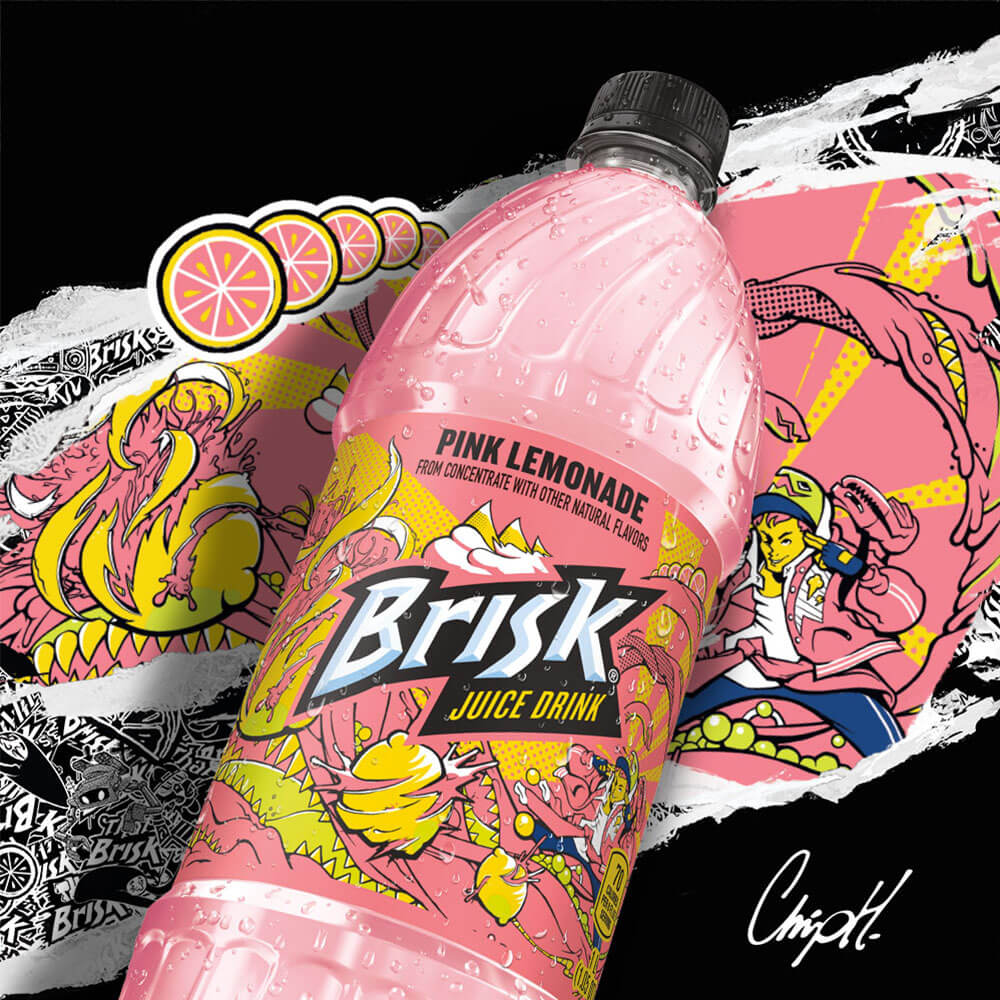

whole leaf), and related to varying use of terms. So, heading towards a conclusion, there are two types of discussions about the positive level and role of briskness depending on the tea type, origin, presentation form (chopped vs. They are the compounds responsible for the dark color and robust flavors that are present in oxidized teas.” EGCG is the most active of the catechins, and this flavanol is often the subject of studies regarding tea antioxidants.įlavanols are converted to theaflavins and thearubigins during oxidation. The major flavanols in tea are: catechin (C), epicatechin (EC), epicatechin gallate (ECG), gallocatechin (GC), epigallocatechin (EGC), and epigallocatechin gallate (EGCG). Flavanols are often referred to as tannins or catechins. Flavanols (short for flavan-3-ols) are the most prevalent and thus the most studied.

Within the flavonoid group are flavanols, flavonols, flavones, isoflavones, and anthocyanins. Flavonoids are arguably the most important category they are the reason for many health claims surrounding tea because they contain antioxidants. “There are several known categories within polyphenols. This Tea Epicure site reference covers all of the main types of compounds found in tea, and more on those in particular: Chemical Compounds in Tea – Theaflavins and thearubigins are complex compounds found in black teas, outputs of an oxidation process as other types of complex compounds are converted to those. But flavors were quite distinct and intense, so if someone was using the terms in a different way than I do they might judge it differently. I just drank a very pleasant Georgian black tea for a review and in one sense it wasn’t brisk astringency was moderate. Flavor range aspects vary too, not in such a narrow set of ways that it’s easy to map it all out.

Whole leaf tea in general possesses far different astringency character than ground up or broken black tea. Darjeeling can even fall by the wayside a bit – for lots of those being oxidized to different levels, aspect range tends to vary and what we often mean by a positive “briskness” input doesn’t tend to apply. So we’re now down to talking conventional black teas like those from Assam and Sri Lanka, with typical Assam character including more of that range. The form of astringency is different and the set of typical flavors. Yunnan-style black tea, Dian Hong, or a related sun-dried variation of those, Shai Hong, are not brisk. Some contain an astringency that’s different than in black teas, but how that works out-and related to what inputs-and how positive that is, is all a bit complicated to add as a tangent. The main types of oolongs, Tie Guan Yin, Wuyi Yancha, Dan Cong, Taiwanese high mountain rolled oolongs, and Oriental Beauty, are all not particularly rough in feel/astringent. Only off-area Guangdong oolongs I’ve tried are like that, which I won’t go further into here.Ī black tea that isn’t brisk might just relate to a different style of black tea not being like that.
#Brisk flavors full
Oolong is a broad category that varies quite a bit in range, but versions tend to be full in feel – rich or even creamy. Green tea often possesses a very different but typical astringency (feel), but to ask about an oolong being brisk makes no sense. It’s not as if they have to be combined, but it tends to work out like that. We are probably mostly talking about black tea, which will be implied in a lot of the following but more explicit in certain ways related to the cause. After talking through some basic meaning and experience range related to types, this will get to root causes and compounds causing related effects. As you experience a slight sharpness in mouthfeel-not harshness, which would be a flaw-you also tend to experience a brightness or intensity in flavor range. A particular feel range does tend to pair with a general flavor and character intensity or, rather, multiple variations of both tend to correspond in different tea types and forms.


 0 kommentar(er)
0 kommentar(er)
